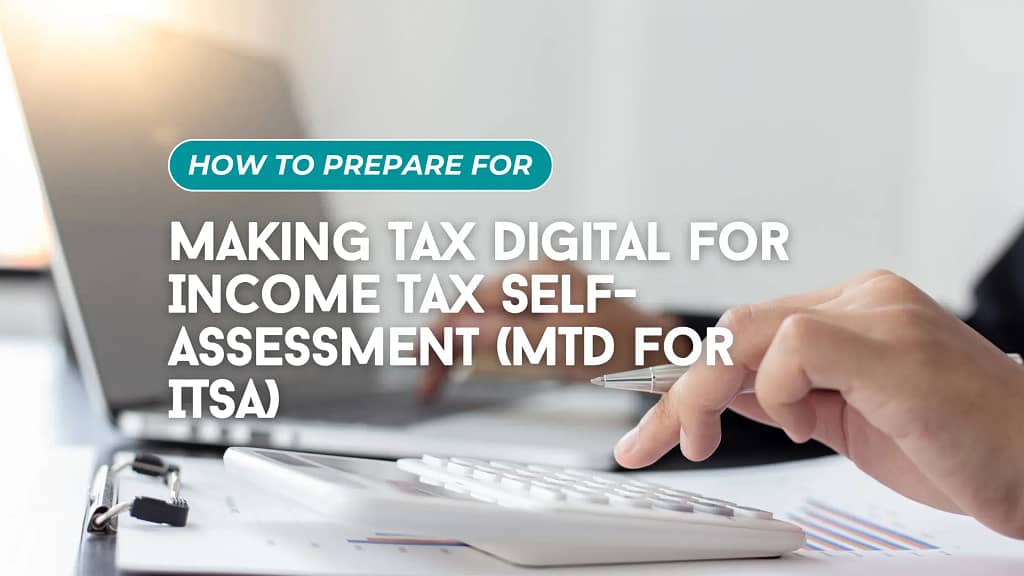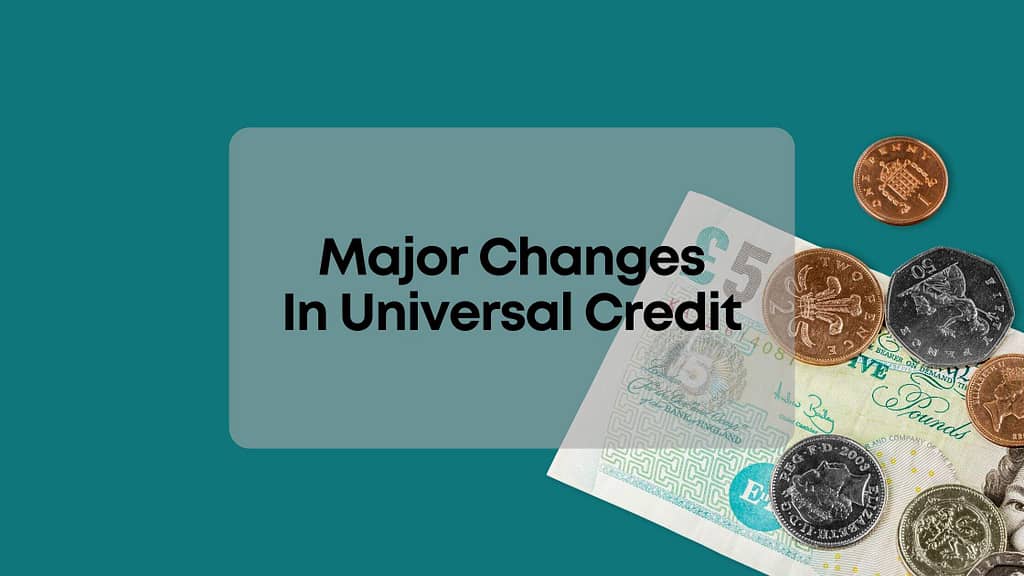If you’re self-employed or a landlord, a significant change is coming that will affect how you manage your taxes. Digital Tax Reporting for Income Tax Self-Assessment (MTD for ITSA) will change how you report your income and manage your tax obligations. The UK government’s goal is to simplify tax management by digitizing record-keeping and reporting processes. In this article, we break down everything you need to know about Making Tax Digital for Income Tax Self-Assessment (MTD for ITSA): its meaning, who it impacts, how to prepare, and key steps for a smooth transition.
What is Making Tax Digital (MTD) for Income Tax Self-Assessment (ITSA)?
Making Tax Digital (MTD) is a UK government initiative designed to modernize the tax system. The purpose is to streamline and digitize how individuals and businesses manage and report their taxes. Currently, many self-assessment taxpayers file an annual return. Under MTD for ITSA, you must maintain digital records and provide quarterly updates to HMRC via approved software
You will experience several benefits with MTD for ITSA, such as:
- More accurate tax reporting: Reduces the potential for errors.
- Saves time: Businesses and landlords will save time previously spent on outdated processes.
- Up-to-date information: HMRC will receive real-time updates, helping with compliance and reducing the tax gap.
MTD for ITSA will replace annual self-assessment returns for qualifying individuals, making tax management more current and interactive.
Who Needs to Follow MTD for ITSA?
MTD for ITSA will primarily impact self-employed individuals, sole traders, landlords, and some small business owners. The deadlines for compliance are staggered, depending on your income level. The following outlines when it applies and who needs to comply:
- From April 2026: Sole traders and landlords with business and/or property income over £50,000.
- From April 2027: Those with income exceeding £30,000.
- Future Phases: Partnerships and others with lower incomes may be included, although this hasn’t been finalized.
If your income is below these thresholds and you want to simplify your tax reporting, you can choose to opt in before the deadline.
5 Steps to Prepare for Making Tax Digital for Income Tax Self-Assessment
Preparing for Making Tax Digital for Income Tax Self-Assessment (MTD for ITSA) involves taking important steps to stay compliant with HMRC’s digital requirements.Here are 5 essential steps you need to take to prepare for MTD for ITSA, ensuring a smooth transition and avoiding any last-minute issues:
Step 1 – Transition to Digital Record-Keeping
Maintaining digital records is crucial for accurate reporting and ensures that you avoid the risks associated with manual record-keeping, such as errors and discrepancies.
Why Digital Records Matter
Maintaining digital records eliminates errors and simplifies reporting. When all your information is stored digitally, you can reduce the risk of discrepancies. The benefits include:
- Fewer errors: Automated calculations reduce mistakes.
- Real-time updates: Track your tax obligations as they happen.
- Better audit trail: Simplifies compliance.
Setting Up Digital Bookkeeping
Ensure you keep clear digital records of income and expenses. Many MTD-compatible software solutions, such as QuickBooks or Xero, allow you to automate imports from bank accounts and categorize transactions.
Step 2 – Submit Quarterly Updates
With MTD, you must submit quarterly summaries of your income, allowable expenses, and profits to HMRC. These updates help to ensure that your tax reporting is always up-to-date.
Understanding Quarterly Updates
Under MTD, you’ll submit quarterly summaries of your income, allowable expenses, and profits to HMRC. These updates provide an up-to-date snapshot of your financial situation.
Filing Deadlines and Reminders
Quarterly reports must be submitted by the following dates:
- 5th August (covering 6th April to 5th July)
- 5th November (6th July to 5th October)
- 5th February (6th October to 5th January)
- 5th May (6th January to 5th April)
Consider using automated reminders or software features to help you meet these deadlines. Regularly inputting your data into your accounting software will make quarterly updates much easier. This reduces year-end stress and provides a clearer, real-time picture of your earnings.
Step 3 – Final Declaration and Year-End Reporting
At the end of the tax year, you’ll need to submit a final declaration that consolidates your quarterly updates, along with any other income sources not previously reported.
What is the Final Declaration?
The final declaration is submitted at the end of the tax year and consolidates all quarterly updates. It also includes additional income sources such as dividends, interest, and any claims for relief, ensuring all relevant income is reported.
Final Submission Deadline
As with the traditional self-assessment tax return, the final declaration is due by 31st January following the end of the tax year. This ensures accuracy and confirms that all your tax liabilities are reported correctly.
Step 4 – Choosing the Right MTD Software
For MTD to work smoothly, it’s essential to choose software that is compatible with the system and approved by HMRC. Selecting the right software depends on your business size, complexity, and income streams. To ensure a smooth transition, it’s crucial to use HMRC-approved software that complies with MTD requirements. Consider the following options:
- Free tools: HMRC-provided software for simple cases.
- Paid solutions: Xero, QuickBooks, and FreeAgent, ideal for more complex business needs.
Choose the software that suits your income streams, business size, and complexity. Several software providers offer training and support to assist you in getting started.
Step 5 – Understanding MTD Exemptions
Some individuals may be exempt from MTD for ITSA due to specific circumstances such as digital exclusion or religious beliefs.
Who May Qualify for Exemption?
Some individuals may be exempt from MTD for ITSA due to:
- Digital exclusion: Issues with digital skills, disabilities, or lack of internet access.
- Religious objections: Certain religious beliefs are against using digital systems.
How to Apply for Exemption
You can request an exemption through mail, phone, or by completing an online form with HMRC. Each case is evaluated individually. If you’re already exempt from MTD for VAT, this exemption may carry over to MTD for ITSA.
Our Tips for a Smooth Transition to Making Tax Digital (MTD)
Preparing for the shift to MTD requires making use of available resources and getting the right support. Here are our expert tips to help you manage the transition with ease.
Get Support and Training
It’s helpful to take advantage of the resources available from HMRC and software providers to ensure you’re ready for the transition. HMRC offers webinars, YouTube tutorials, and other training options.
- HMRC Resources: Webinars, YouTube tutorials, and help pages.
- Software Providers: Xero, QuickBooks, and others offer training guides and user support.
If the transition feels overwhelming, don’t hesitate to engage an accountant or tax agent. They can help set up your MTD system, manage your submissions, and train you on compliant software.
Final Thought: The Road Ahead for Making Tax Digital
Start preparing for MTD now, even if you fall under future phases. By upgrading your tax processes and selecting the right tools, you will save time, avoid errors, and stay compliant with HMRC. Visit the GOV.UK Making Tax Digital page for detailed guidance and explore approved software to simplify digital record-keeping and submissions.



